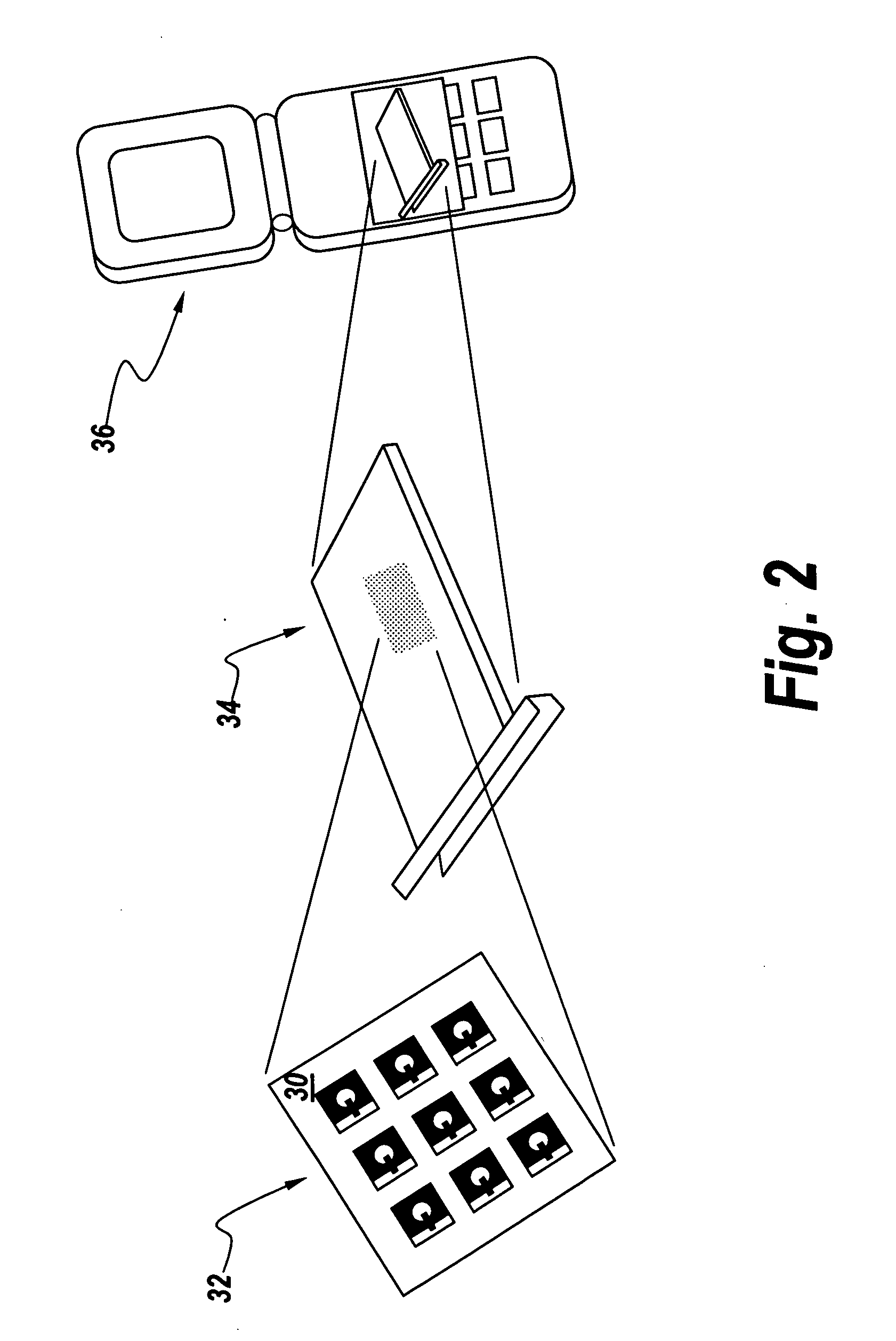Piezoelectric ceramic sensor and sensor array for detection of molecular makers
a technology of piezoelectric sensor and molecular maker, which is applied in the direction of generator/motor, peptide, instruments, etc., can solve the problems of limiting the application of quartz crystal sensor, affecting the detection accuracy of molecular makers, and obscuring other seemingly important application areas. , to achieve the effect of reducing costs
- Summary
- Abstract
- Description
- Claims
- Application Information
AI Technical Summary
Benefits of technology
Problems solved by technology
Method used
Image
Examples
Embodiment Construction
[0085]A novel high frequency sensor is developed using piezoelectric resonators as the core component of the sensor, and a sensor array is developed for simultaneous detection of multiple markers e.g. simultaneous detection of cancer markers for screening and early diagnosis of the most common types of cancers. The sensor technology platform can be used for developing sensors for various applications in different areas including but not limited to the diagnostic field.
[0086]The subject technology platform has a wide application for development of different types of sensors. T he sensor thus developed has competitive advantages in that it provides specific and sensitive detection of target molecules with a simple procedure at high throughput and reduced cost.
[0087]Prior to setting forth the invention, the following definitions are provided. Unless defined otherwise, all technical and scientific terms used herein have the meaning commonly understood by a person skilled in the art to w...
PUM
| Property | Measurement | Unit |
|---|---|---|
| Thickness | aaaaa | aaaaa |
| Mass | aaaaa | aaaaa |
| Concentration | aaaaa | aaaaa |
Abstract
Description
Claims
Application Information
 Login to View More
Login to View More - R&D
- Intellectual Property
- Life Sciences
- Materials
- Tech Scout
- Unparalleled Data Quality
- Higher Quality Content
- 60% Fewer Hallucinations
Browse by: Latest US Patents, China's latest patents, Technical Efficacy Thesaurus, Application Domain, Technology Topic, Popular Technical Reports.
© 2025 PatSnap. All rights reserved.Legal|Privacy policy|Modern Slavery Act Transparency Statement|Sitemap|About US| Contact US: help@patsnap.com



